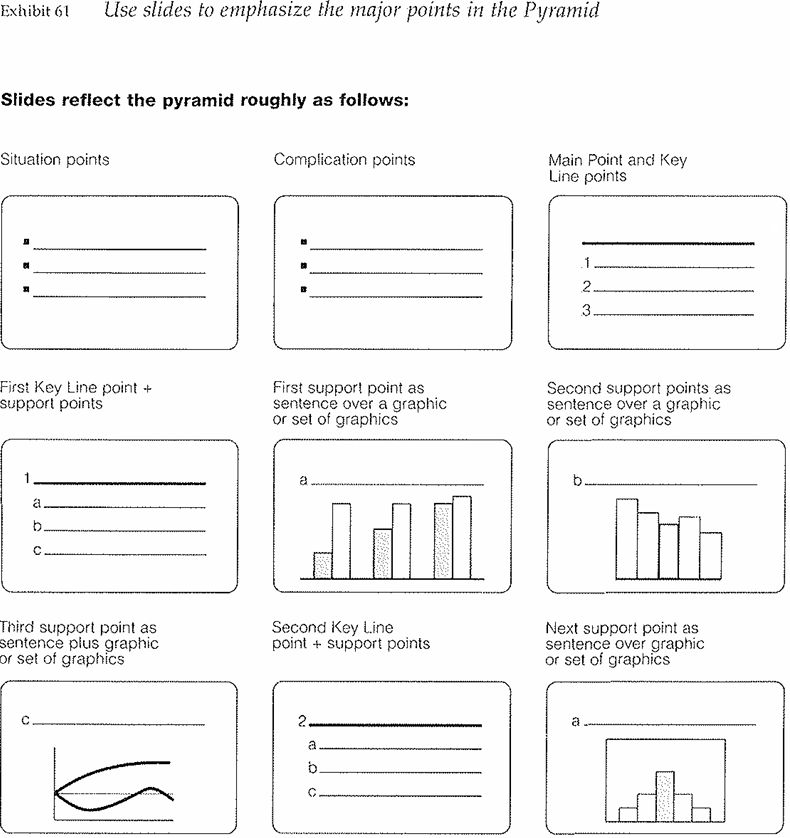

Grammar


Tenses


Present

Present Simple

Present Continuous

Present Perfect

Present Perfect Continuous


Past

Past Continuous

Past Perfect

Past Perfect Continuous

Past Simple


Future

Future Simple

Future Continuous

Future Perfect

Future Perfect Continuous

Passive and Active


Parts Of Speech


Nouns

Countable and uncountable nouns

Verbal nouns

Singular and Plural nouns

Proper nouns

Nouns gender

Nouns definition

Concrete nouns

Abstract nouns

Common nouns

Collective nouns

Definition Of Nouns


Verbs

Stative and dynamic verbs

Finite and nonfinite verbs

To be verbs

Transitive and intransitive verbs

Auxiliary verbs

Modal verbs

Regular and irregular verbs

Action verbs


Adverbs

Relative adverbs

Interrogative adverbs

Adverbs of time

Adverbs of place

Adverbs of reason

Adverbs of quantity

Adverbs of manner

Adverbs of frequency

Adverbs of affirmation


Adjectives

Quantitative adjective

Proper adjective

Possessive adjective

Numeral adjective

Interrogative adjective

Distributive adjective

Descriptive adjective

Demonstrative adjective


Pronouns

Subject pronoun

Relative pronoun

Reflexive pronoun

Reciprocal pronoun

Possessive pronoun

Personal pronoun

Interrogative pronoun

Indefinite pronoun

Emphatic pronoun

Distributive pronoun

Demonstrative pronoun


Pre Position


Preposition by function

Time preposition

Reason preposition

Possession preposition

Place preposition

Phrases preposition

Origin preposition

Measure preposition

Direction preposition

Contrast preposition

Agent preposition


Preposition by construction

Simple preposition

Phrase preposition

Double preposition

Compound preposition


Conjunctions

Subordinating conjunction

Correlative conjunction

Coordinating conjunction

Conjunctive adverbs


Interjections

Express calling interjection


Grammar Rules

Preference

Requests and offers

wishes

Be used to

Some and any

Could have done

Describing people

Giving advices

Possession

Comparative and superlative

Giving Reason

Making Suggestions

Apologizing

Forming questions

Since and for

Directions

Obligation

Adverbials

invitation

Articles

Imaginary condition

Zero conditional

First conditional

Second conditional

Third conditional

Reported speech


Linguistics

Phonetics

Phonology


Semantics


Pragmatics

Linguistics fields

Syntax

Morphology

Semantics

pragmatics

History

Writing

Grammar

Phonetics and Phonology


Reading Comprehension

Elementary

Intermediate

Advanced
What You Say
المؤلف:
BARBARA MINTO
المصدر:
THE MINTO PYRAMID PRINCIPLE
الجزء والصفحة:
192-11
2024-10-01
305
To illustrate the difference, here is a portion of a script with its matching slide an example of the first kind of text slide mentioned above:
Script
CURRENT REAUTY
Jackson Foods has been experiencing extremely high out-of-stock levels. Inevitably, in the PMC business, an inability to fully supply orders will result in a loss of market share.
- The out-of-stock situation has partially been due to manufacturing problems
- The manufacturing problems are compounded by inconsistent or inappropriately managed supply chain processes
- The supply chain and manufacturing processes are not "aligned" to alleviate out-of-stock problems or ensure a focus on priority customers and products
Slide
CURRENT REALITY
High out-of-stock levels
●Problems in manufacturing
●Poor supply chain processes
●Weak manufacturing/supply chain alignment
The best text slides convey their message as starkly and simply as possible. They do not waste words (or slides) on transitional or introductory points, which can and should be stated orally. This means of course that the slides by themselves will not be intelligible as a handout to someone who has not attended the presentation. To get around this problem, some people bind the slides with the text of the script on the facing page-an approach that effectively kills two birds with one stone. But in that case the script should be written in outline form, with transitions omitted.
Keep in mind also that text slides are best limited to emphasizing the major points in the pyramid, approximately as shown in Exhibit 61.
